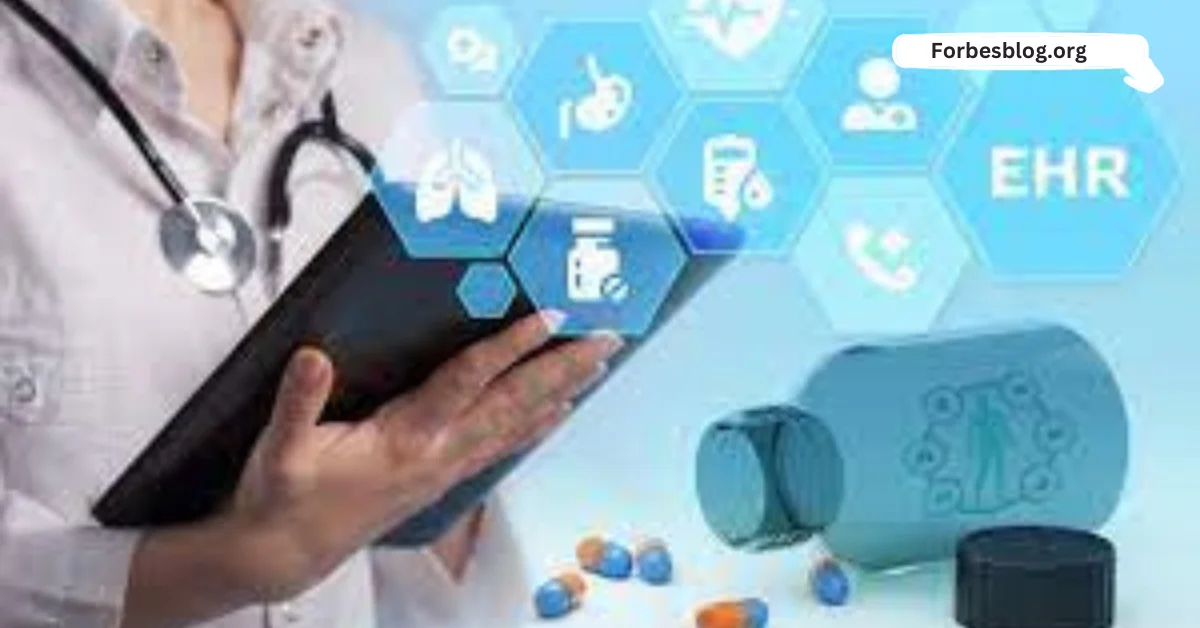Given the lack of compatibility between medical systems, integration in the healthcare business poses several obstacles. This is one of the primary reasons why data transport is so slow and unreliable, which makes it undesired for healthcare professionals.
This problem is being aggressively addressed by HL7 (Health Level 7), an organization that provides standardization for interoperability in health technology,which will save the country $30 billion in healthcare expenses. This post will look at what the HL7 standard is and how the HL7 API overcame some of its issues.
Table of Contents
Tasks for HL7 Integration
In 1989, HL7 V2 was established to address interoperability difficulties. It improved communication between multiple systems with varied functions, such as electronic medical record (EMR) systems, hospital information systems, radiology and image archiving systems, laboratory information systems, billing systems, and so on.
It was difficult to transmit patient information between different sections of the healthcare process (such as care, pharmacy, and billing) before this data formatting standard was created. Patients had to either bring documents with them or build a new medical record and go through tests and testing all over again when they transferred between specialists and hospitals. For all parties involved in the healthcare industry, data sharing was a nightmare.
The standard defines 80% of the interface, leaving the remaining 20% open to customization: local data variances introduced by optional fields, supplementary messages, and so on. To achieve the consistent look and meaning of messages, HL7 V2 employed ASCII-based (American Standard Code for Information Interchange) messages with encoding rules, groupings, cardinality, and the default character set.
The standard was a huge step forward in terms of compatibility, and it allowed developers to skip a lot of manual interface writing. HL7 V2 is currently used by 95 percent of healthcare organizations in the United States.
When HL7 V3 was presented in 2005, backed by experience from governmental and medical entities, it was still not ideal. It allowed for less customization, making it more of a standard than an implication, and it specified message and application responsibilities. It also gave approaches for data modeling, which created discrepancies and difficulty in comprehending. The standard was incompatible with V2, necessitating a complete system rebuild, and it still had flaws. As a result, only a small number of healthcare organizations have adopted the standard.
HL7 Integration Issues in the Past
There is an excessive amount of variation.
Traditional HL7 integration allows for far too much customization and a great deal of undefined data semantics, resulting in data variability. In other words, different values may have distinct meanings in various systems. For example, in one system, the number “3” may be used for smokers, while in another, the value “3” may be used for former smokers. It leads to a patient’s health being misunderstood and confused, which can lead to the worst possible outcomes.
As a result, physicians had to come up with a unique solution for each healthcare facility and system.
Programming of Complex User Interfaces
To connect two systems, one had to do a lot of programming and have a thorough understanding of both systems. This was before the advent of HL7 software integration, but it still took a lot of effort and time. If you wanted to link more than two systems, you’d have to put in a large amount of effort. You also have to keep an eye on the interfaces and test them frequently to see if there were any issues.
It is based on a hypothesis proposed by an expert.
On the advice of clinical interface specialists, traditional HL7 data integration was created. Instead of asking genuine end-users about their difficulties, it was primarily about “how it is meant to work and help.” The latter’s criticisms were only heard while developing HL7 integration software, but it was too late at that point because all systems had already adopted the second version. As a result, assumptions were too far removed from reality and failed to address the majority of problems.
It isn’t possible to go beyond clinical apps.
HL7 V2 was created with clinical applications in mind, particularly internal ones. It wasn’t designed with the Internet in mind, and it didn’t anticipate patients’ growing interest in their health and analytics. As a result, API integration with healthy lifestyle applications, telemedicine, or any patient-facing app or app that provides metrics for the clinic’s overall success is unlikely. They don’t support the data types used by these programs, which necessitate a lot of work for a shaky connection, causing them to give up.
You can’t get information on the spot.
In HL7 V2, you must subscribe to a feed where all information is given, whether or not you require it. It led to a large amount of unnecessary information being sent and received, as well as privacy concerns, because the system had access to more protected health information than was required.
What Tasks Can HL7 Integration with API Help With?
HL7 launched the FHIR API in 2011 and has since evolved into a genuinely current solution for HL7 and EMR system interaction. It is built on web standards, which allows various systems to connect even though they “speak” different languages. You don’t need to understand the details of the other system or manually connect the two interfaces. Furthermore, it employs cutting-edge technologies such as HTTPS, REST, XML, JSON, ATOM, and OAuth to make the integration process considerably simpler and faster.
The HL7 FHIR API simplifies several processes in healthcare that were previously too difficult or impossible, such as:
Allowing Patients to Take Charge of Their Health
According to a survey, 87 percent of respondents want access to medical data such as X-rays in their electronic health records. Making this information available to patients has numerous advantages. People would be able to gain a better understanding of their illness and have access to their prescription more conveniently if they forgot how to take their medication. They could also access their dietary limitations, locate and correct any inaccuracies in their records, and make better overall health decisions.
Providing Researchers with Resources
Health data is extremely valuable. It enables you to gain a better understanding of public health and its issues, observe how therapies work for different types of patients, and train AI/machine learning to better diagnose, recommend treatments, and spot financial issues in the healthcare business.
FHIR facilitates the flow of well-structured data, which is ideal for analysis. You can also get it from a variety of places, increasing the amount and variety of data available. For a productive study, high-quality and large amounts of data are required.
Software developers can simply integrate health data into any patient-facing app thanks to HL7 FHIR interoperability. Apple, Google, Amazon, and Microsoft are already using the FHIR API to provide users with access to their health information.
Your Mobile Device’s Health Information
FHIR allows medical personnel to link HL7 data from EHRs with any system or device, allowing them to use their mobile devices instead of computers. It’s a step forward in terms of improving and speeding up communication with patients and clinicians from various departments and hospitals. Doctors can also prevent redundant paper records by simply updating a patient’s health information at any point of treatment, whether it’s in their room, the emergency room, or the doctor’s office. Anyone who needs the record will be able to see the changes virtually immediately. Finally, it makes decision-making easier because you can acquire a complete picture of a patient’s medical history from anywhere and make a more informed decision.
Telehealth Apps are simple to integrate.
Given how many patients reside in remote places and how many can’t drive to hospitals due to jobs and traffic, telehealth is a significant trend in the healthcare sector; the COVID pandemic isn’t helping with any of these issues. In March of 2020, this industry grew by 154 percent as compared to the same period the previous year, and it is still rising.
The EHR to HL7 FHIR interface allows developers to quickly integrate medical data into the telehealth app, allowing clinicians to gain a complete picture of the patient’s examinations and test results, as well as write real-time updates on the meeting.
What can we do to assist you?
KPi-Tech has been in the health IT industry for more than 15 years, and we’ve been using the FHIR API for a long period. We can assist you in developing a patient-facing or telehealth app and determining the optimum HL7 integration options for your institution. Our expert developers, designers, testers, and project managers can help you at every stage of developing a modern, usable, and HIPAA-compliant solution.
Conclusion
The FHIR API makes data integration considerably easier, allowing for more personal electronic records, efficient EHR/EMR use via mobile devices, and research for better machine learning and treatment comprehension. Unlike the preceding and slightly antiquated HL7 V2, the API facilitated interoperability.
Do not hesitate to contact KPi-Tech if you wish to take the next step toward interoperability. We can assist you in developing a solution and integrating the EMR/EHR system using the contemporary FHIR API solution.






